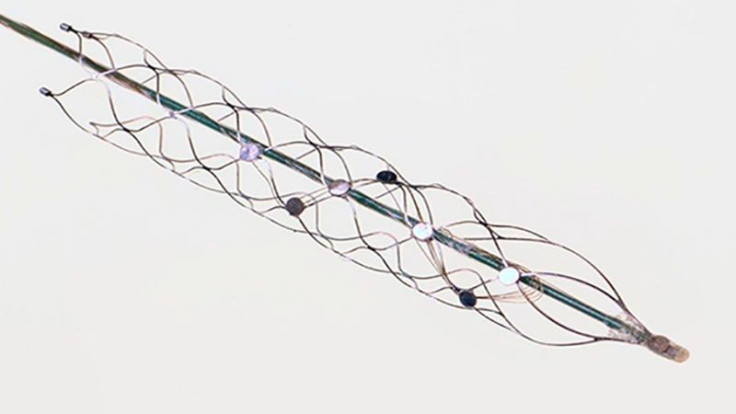Aussie researchers develop electrode-covered stent that helps people use brains to control machines
Is it a step closer to creating a full-fledged cyborg?

University of Melbourne scientists have developed a device that people could use to control machines using their brains. The device is implanted in the brain without opening the skull.
Like us on Facebook
The electrode-covered stent, or stentrode, developed by the Aussie researchers in a study funded by the Defense Advanced Research Projects Agency (DARPA), is inserted into the neck using a catheter. The device then goes through the blood vessels until it reaches the brain, reports Gizmodo. DARPA, a US military agency, is seeking ways to insert tiny devices in human brain without invasive procedures.
The new technology would make craniotomy, a surgical procedure that involves removing a part of the skulls to reach the brain, unnecessary. Current brain-machine interfaces need craniotomy, but the stentrode just eliminated the necessity of the procedure.
The study, led by neurologist Thomas Oxley and published in Nature Biotechnology journal, has far-reaching impact on patients with physical disabilities or neurological disorders. The device could help people, whose limbs could not function due to a birth defect or are missing because of an accident, to control machines similar to how a brain-damaged Welsh violinist composes music using mind-reading software.
A sheep served as the guinea pig of the team which inserted an object the size of a paperclip into the animal’s motor cortex, the brain part that oversees voluntary movement. The stentrode is a tweak on traditional stents that surgeons insert in vessels to improve blood flow. The device makes it easier to insert a strentrode or chip into human brains because it removes the need to perform open-brain surgery on a patient.
The technology could be viewed as moving science closer to creating a full-fledged cyborg similar to Darth Vader of Robocop. However, Gizmodo points out that the cyborg need not be as extreme as the two examples from Hollywood movies.
It cites a 2013 documentary shown by the Smithsonian Channel that featured Bertold Meyer, a social psychologist, who was born without the lower part of the left arm but has become a cyborg by wearing a bionic prosthesis. Meyer could move the fingers of the prosthesis by activating two electrodes that connect to the muscles in his residual limbs.
The University of Melbourne researchers plan to test the stentrode on humans in 2017.





















